Complete Guide to Fort Union Trading Post National Historic Site in North Dakota and Montana, including things to do, history, nearby lodging and camping, directions, and so much more.
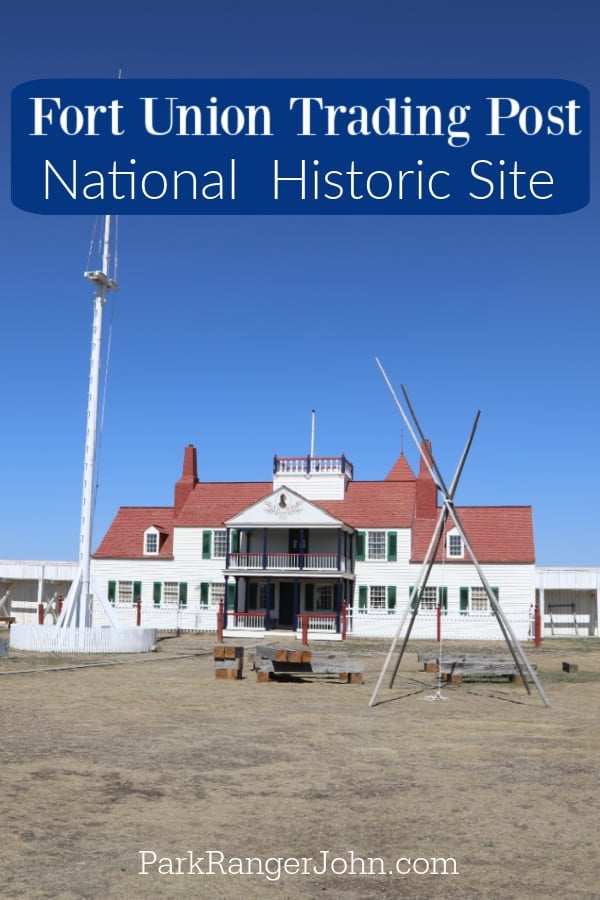
TL;DR Don’t have time to read the full article? Here are my top finds:
🏨Hotels and Vacation Rentals
📍Tours
Fort Union Trading Post National Historic Site
Planning a trip to North Dakota/Montana to visit Fort Union Trading Post National Historic Site! We have you covered with great info on what to expect during your visit, what you have to see and so much more.
About Fort Union Trading Post National Historic Site
From 1828 and 1867 Fort Union Trading Post was an active trading post with over 25,000 buffalo robes and furs for trade goods and over $100K in merchandise traded at the fort yearly. The fort was the most important fur trade post in the upper Missouri River area.
The fort was established by the American Fur Company to specifically acquire furs from Northern Plain tribe, especially the Assiniboine tribe. Seven Northern Plains Indian tribes traded buffalo robes, and beaver pelts at the fort for goods from around the world including guns, cloth, blankets, beads, and other necessities.
The fort stayed in business until 1867 which made it the longest running American fur trading center along the upper Missouri River. At the height of trading, the fort would have had as many as 200 workers. The fort is located near the confluence of the Missouri and Yellowstone River making it the perfect area for trading.
When the trading boom ended the fort was dismantled and the materials were used to expand nearby Fort Buford, which was a U.S. Army post active in the Indian wars.
The Trade House is located in the forts main gate and is a reconstruction trade house that details what the fort was like in the 1850s. You can see National Park Service Park Rangers dressed as fur traders from the 1850s. They present interpretive programs during the day detailing life and fur exchanges at the fort.
The Trade House is stocked with replicas of the goods that would have been traded at Fort Union.
The park visitor center is located in the Bourgeois House which was the home of the head trader. You can view exhibits of life at the post, examples of furs that were traded, and pick up a Junior Ranger program.

Is Fort Union Trading Post National Historic Site worth visiting?
Absolutely! Fort Union Trading Post National Historic Site is an exciting and unique destination that offers a rare glimpse into the fascinating history of the American frontier.
We learned new things about American History during our visit.
The park's stunning natural beauty offers breathtaking views of the Missouri River and the surrounding hills, making it a perfect destination for nature enthusiasts and history buffs alike.
So whether you're looking to learn something new, explore the great outdoors, or simply take a step back in time, Fort Union Trading Post National Historic Site is a destination that is definitely worth visiting!
We read that some famous folk have visited the fort including John James Audubon, Captain Joseph LaBarge, George Catlin, Jim Bridger, and Sitting Bull.
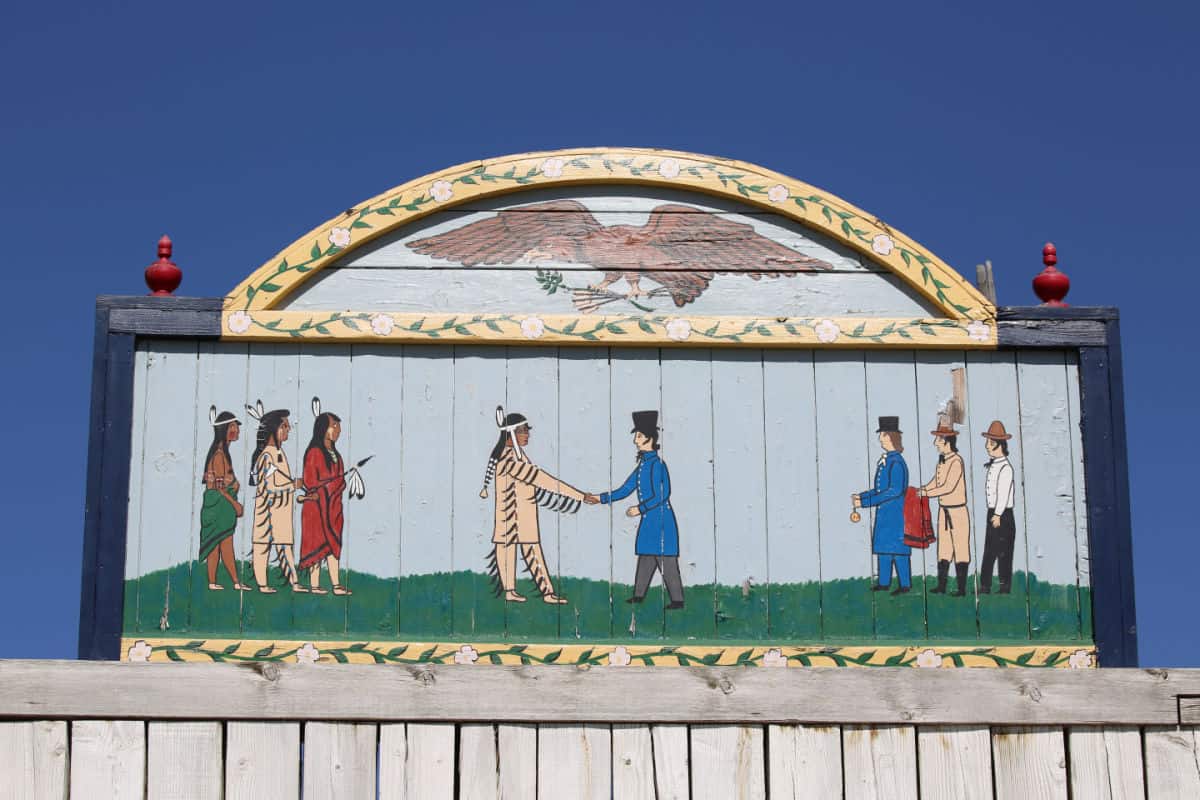
History of Fort Union Trading Post National Historic Site
Fort Union Trading Post National Historic Site is located approximately 25 miles outside of Williston, North Dakota near the Montana border.
For centuries Native Americans roamed the Upper Missouri area where the confluence of the Missouri and Yellowstone Rivers were located. Trade was a large part of their lives and animals like buffalo and elk provided vital trading items such as buffalo robes and meat. They also traded corn, squash, beans, and other items grown. The largest of these tribes was the Assiniboine but other groups such as the Blackfeet, Crow, Cree and others were found in the area.
In the late 1700s, and early 1800s, European traders were on the move and areas in the upper Midwest saw French traders involved in lead mining and other ventures to create lucrative items as well as opportunities to trade.
White traders and Native Americans in this Upper Missouri River area became friendly and social by the 1820s, each having something to offer each other. Buffalo robes were of special interest to white traders to ship back to a new market in the east.
Items that white traders obtained from lead miners such as guns, pots, and knives were of value to the natives.
It was in 1828 that a German immigrant named John Jacob Astor had the means and opportunity to capitalize on the highly profitable western fur trade. His international company, The American Fur Company established Fort Union Trading Post.
Initially called Fort Henry, the location was built strictly to support and facilitate trade with the tribes of the area. Although called a fort, Fort Union was privately owned, and did not have any government or military affiliation.
For four decades, Mr. Astor’s establishment would become a successful partnership between white traders and the natives. One interesting fact about the Astor family – its wealth was one of the greatest of the century.
Astor’s great-grandson, John Jacob Astor IV, was worth $87 million at the time of his death. Astor IV was the richest person aboard the Titanic in 1912; he died that night in April when the Titanic sank.
John Jacob Astor hired a man named Kenneth McKenzie to manage Fort Union. McKenzie directed the construction of the Greek revival style fort which would become the most successful trading post on the Upper Missouri.
On average, the fort sold more than $100,000 worth of goods per year during its run from 1828 to 1867. At its height, the Fort employed 200 people. The rivers were the main source of travel for traders this travel was made even easier when steamboats began landing there. The first steamboat, the Yellowstone, landed in 1832.
The fort was cemented as such a way of life between the whites and natives that lived in the area that their cultures melted together. Intermarriage, adoption, and sharing in ceremonial rituals was common between white fort employees and traders and the natives.
While living at Fort Union, McKenzie was married to an Indian woman. A Blackfeet chief’s daughter, Natawistacha, married the successful white trader Alexander Culbertson. Their marriage benefited business as she served as an interpreter and proved the men were trustworthy to Native Americans.
The head manager of the Fort was called the bourgeois. McKenzie was the first and Culbertson followed him as the second bourgeois beginning in 1837.
Culbertson was, understandably, the bourgeois most in tune with the Native Americans and their great benefit to the operation. Edwin Denig was bourgeois from 1848-1856. It was because of Mr. Denig’s detailed writings that we gained much information about the history of the business at Fort Union.
The later part of the 1800s saw many devastating changes to the history of the relationships at Fort Union.
Diminished populations of buffalo began as early as the 1840s and by the time the Civil War had ended, the population was nearly extinct.
In the 1860s, pioneers began moving west at alarming rates, and gold was discovered in Montana. Native Americans had no choice but to fight back, and once the Transcontinental Railroad brought more settlers to the area, the Plains Indian tribes were changed forever.
In 1867, Fort Union was sold to the U.S. Army and many components of the establishment were torn down and used to build nearby Fort Buford. The site lay as a ghost town for almost a century.
In 1966, local interest convinced Congress of the importance of showcasing this unique time in history when whites and Native Americans lived and did business peacefully. Reconstruction of the Fort took place between 1986 and 1989.
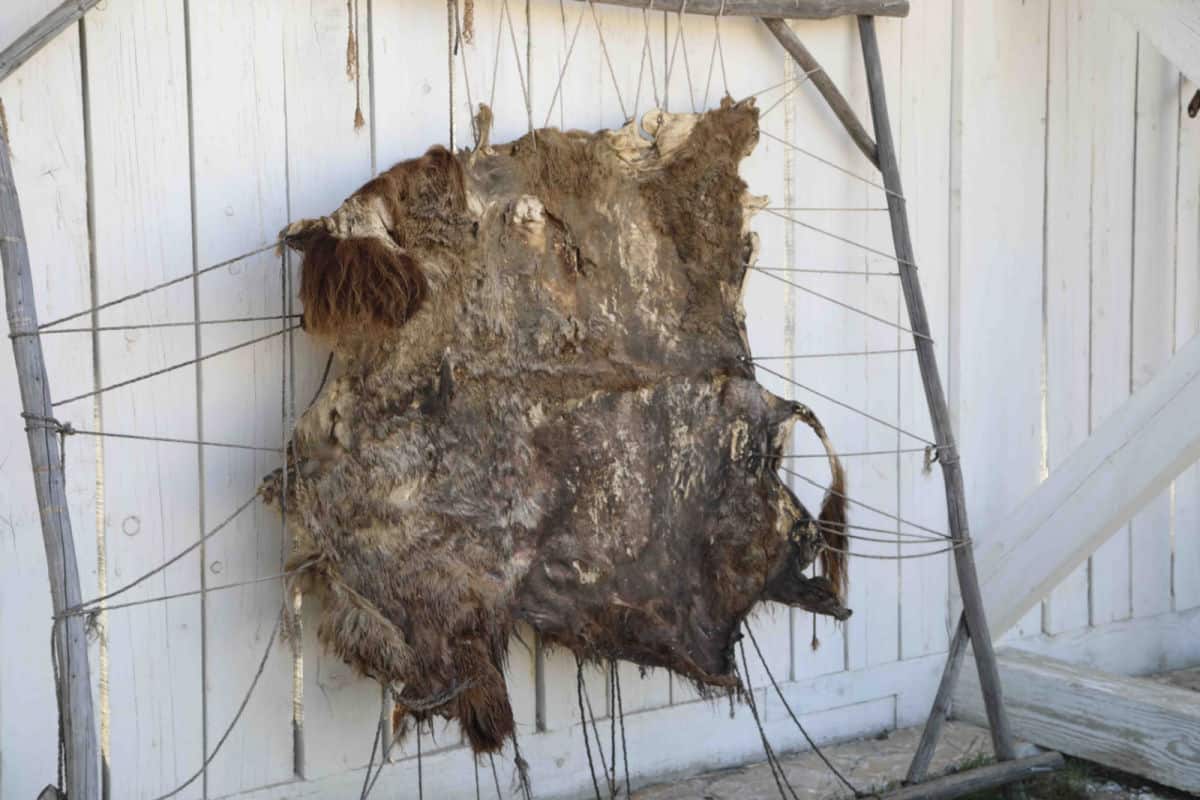
Things to know before your visit to Fort Union Trading Post National Historic Site
Entrance fee
$0.00 - There is no entrance fee to enter Fort Union Trading Post National Historic Site.
Learn more about National Park Passes for parks that have an entrance fee.
$80.00 - For the America the Beautiful/National Park Pass. The pass covers entrance fees to all US National Park Sites and over 2,000 Federal Recreation Fee Sites for an entire year and covers everyone in the car for per-vehicle sites and up to 4 adults for per-person sites.

Buy your pass at this link, and REI will donate 10% of pass proceeds to the National Forest Foundation, National Park Foundation, and the U.S. Endowment for Forestry & Communities.
National Park Free Entrance Days -Mark your calendars with the five free entrance days the National Park Service offers annually.
Time Zone
Although located in two time zones, Fort Union operates on central time.
Check your phones to make sure it is pulling the right time so you do not miss the opportunity to visit the fort. Our phones were all over the place changing times as we drove to the fort.
Pets
Leashed pets are allowed in all Fort buildings, including the Trade House, and on all trails except inside the Bourgeois House Visitor Center.
Cell Service
Nearby communities and most roads leading to the park have cellular service, but there are some areas without coverage within the park and throughout the region.
Park Hours
The park is open daily from 9 AM to 5 PM.
Summer hours may vary for events. The park is closed on New Year's Day, Thanksgiving Day, and Christmas Day.
The park is open for Labor Day, Memorial Day, and the 4th of July.
Wi-Fi
Public Wi-Fi is available in the Bourgeois House Visitor Center.
Insect Repellent
Insect repellent is always a great idea when outdoors, especially if you are around any body of water.
We use Permethrin Spray on our clothes before our park trips.
Water Bottle
Make sure to bring your own water bottle and plenty of water with you. Plastic water bottles are not sold in the park.
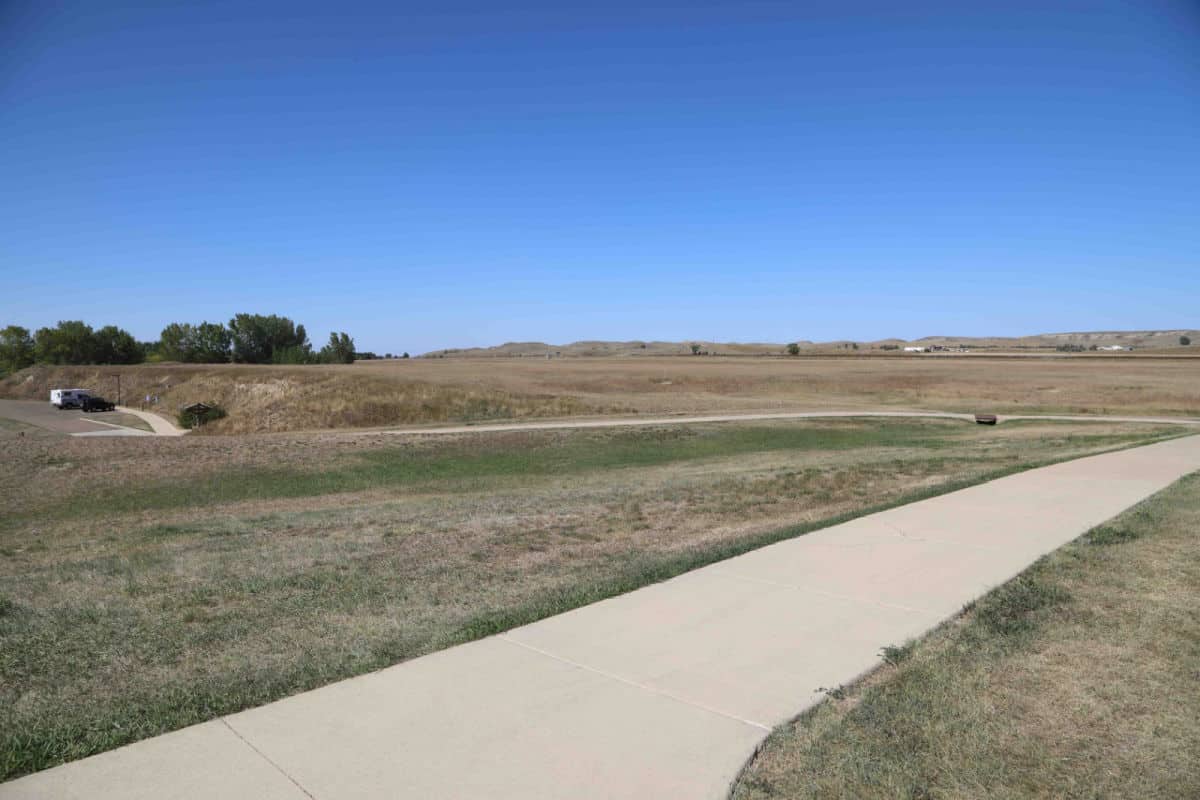
Parking
There are two parking lots in the park. The west parking lot has enough space for school and tour buses as well as RVs, while the smaller east parking lot is located closer to the fort and includes reserved accessible parking.
There is a walk up from the parking lot to the fort. Make sure you are prepared for the weather and heat.
Food/Restaurants
There is no dining available at Fort Union. The closest restaurants and facilities are in Fairview, Montana 15 miles from the park. Plan to bring water and snacks with you.
Gas
There is no gas station within the park.
Drones
Drones are not permitted within National Park Sites.
National Park Passport Stamps
National Park Passport stamps can be found in the visitor center.
Fort Union Trading Post NHS is part of the 2016 Passport Stamp Set and the 1991 Passport Stamp Set.
We like to use these circle stickers for park stamps so we don't have to bring our passport book with us on every trip.
The National Park Passport Book program is a great way to document all of the parks you have visitied.
You can get Passport Stickers and Annual Stamp Sets to help enhance your Passport Book.
Electric Vehicle Charging
The closest EV Charging Station are located in the town of Williston.
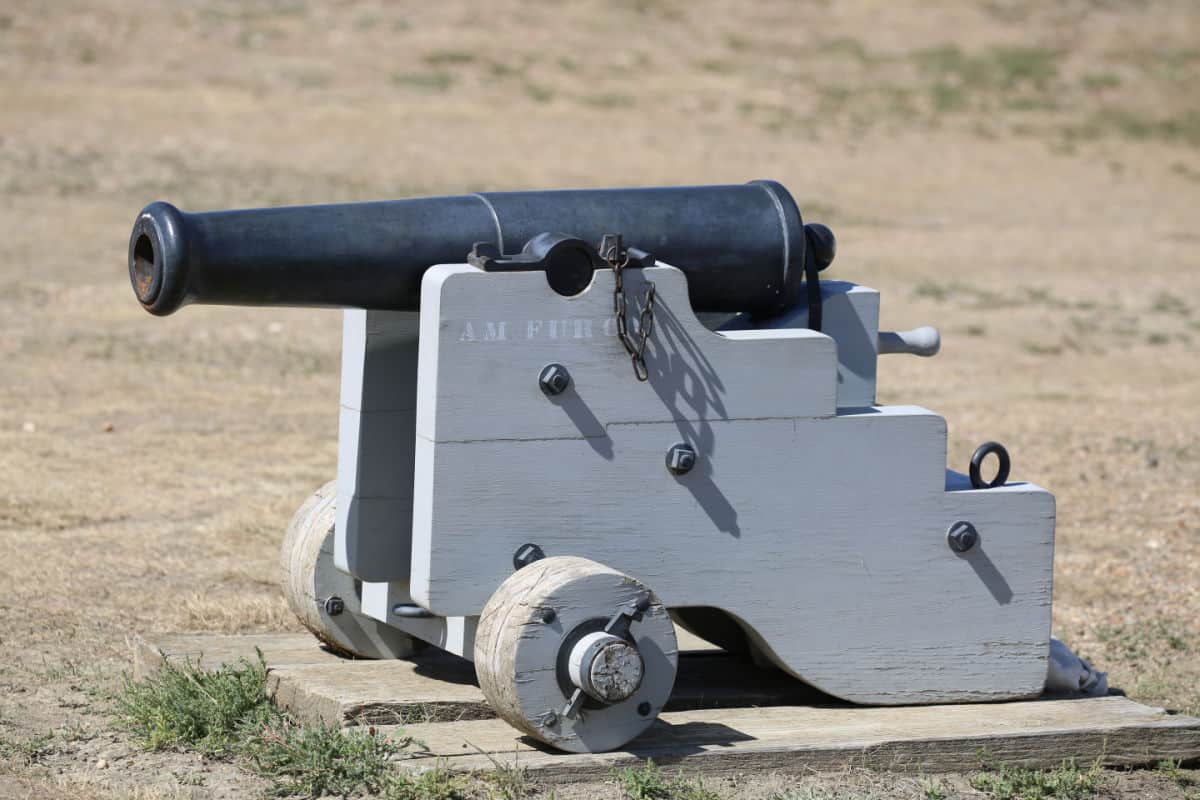
Details about Fort Union Trading Post National Historic Site
Size - 444 acres
Check out how the park compares to other National Parks by Size.
Date Established
June 20, 1966
Visitation
In 2022, Fort Union Trading Post NHS had 12,822 park visitors.
In 2021, Fort Union Trading Post NHS had 11,479 park visitors.
In 2020, Fort Union Trading Post NHS had 5,225 park visitors.
In 2019, Fort Union Trading Post NHS had 12,967 park visitors.
Learn more about the most visited and least visited National Parks in the US
National Park Address
15550 Highway 1804
Williston, ND 58801
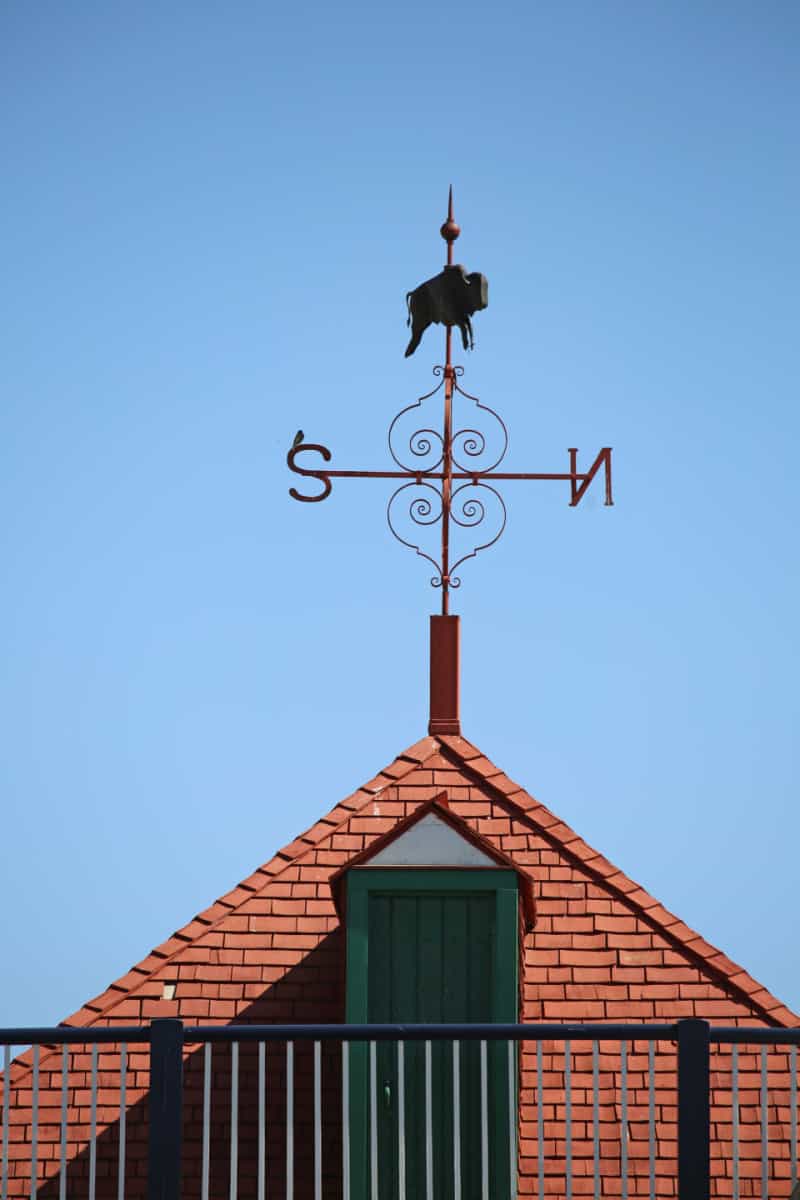
Where is Fort Union Trading Post National Historic Site?
Fort Union Trading Post is located in Eastern Montana on the border of North Dakota, United States.
Estimated distance from major cities nearby
- Williston, ND - 25 miles
- Sidney, MT - 24 miles
- Minneapolis, MN - 525 miles
- Saint Paul, MN - 533 miles
- Aurora, CO - 584 miles
- Denver, CO - 584 miles
- Omaha, NE - 593 miles
- Colorado Springs, CO - 646 miles
- St. Louis, MO - 1,217 miles
Estimated Distance from nearby National Park
Theodore Roosevelt National Park - 83 miles
Badlands National Park - 397 miles
Wind Cave National Park - 382 miles
Grand Teton National Park - 664 miles
Yellowstone National Park - 464 miles
Where is the National Park Visitor Center?
The Fort Union Trading Post Visitor Center is located in the center of the fort's courtyard. The Bourgeois House features exhibits and a closed caption video documenting life at Fort Union.
There is a bookstore on site, restrooms, water bottle filling station and vending machines for snacks.
It is a bit of a walk from the main parking lot. If you need assistance you can call for a van to drive you to the entrance of the fort from the main lot. There is a speaker box and info on this right next to the bulletin board that has info on the park.
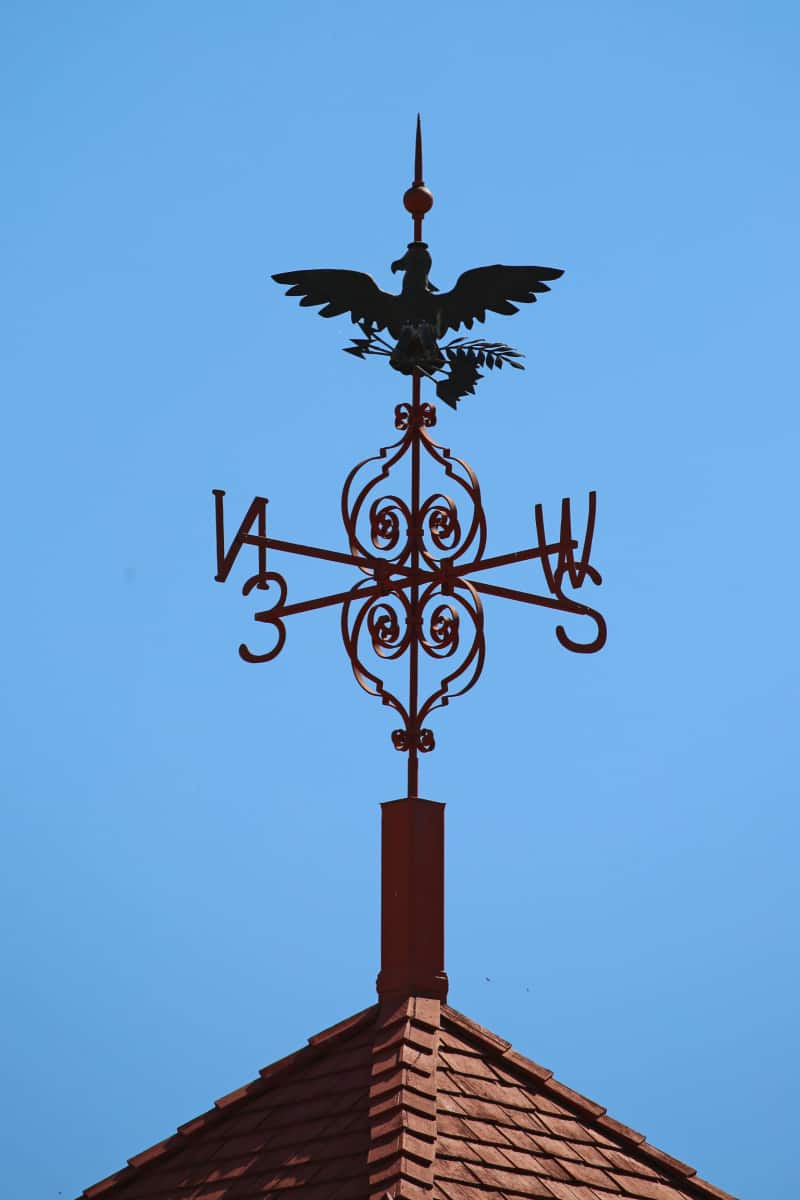
Getting to Fort Union Trading Post National Historic Site
Commercial flights and vehicle rentals are available in two of Fort Union's gateway communities: Williston, ND, and Sidney MT.
Closest Airports
- Williston Basin International Airport (XWA / KXWA)
- Sidney-Richland Municipal Airport (SDY / KSDY)
International Airports
- Minot International Airport (MOT / KMOT)
- Wokal Field/Glasgow International Airport (GGW / KGGW)
Regional Airports
- Dickinson Theodore Roosevelt Regional Airport (DIK / KDIK)
Public Transportation - There is no public transportation that directly serves the park, but Amtrak's Empire Builder does service Williston, ND, where rental cars are available.
Driving Directions
From Williston, ND, take U.S. 2 West to North Dakota 1804. Turn left on ND 1804. Travel approximately 20 miles, then turn right to stay on Highway 1804. In approximately two miles, the Fort Union entrance road will be on the left side of ND 1804.
From Culbertson, MT, follow U.S. 2 East to Bainville, MT. Turn south on Route 327. Follow 327 for a scenic 15-mile drive directly to Fort Union's entrance road.
From Sidney, MT, drive northeast on Montana 200 approximately 11 miles. At the traffic circle (roundabout), take the 3rd exit and head north on ND 58. After approximately 10 miles, turn left onto ND 1804. In approximately two miles, the Fort Union entrance road will be on the left side of ND 1804.
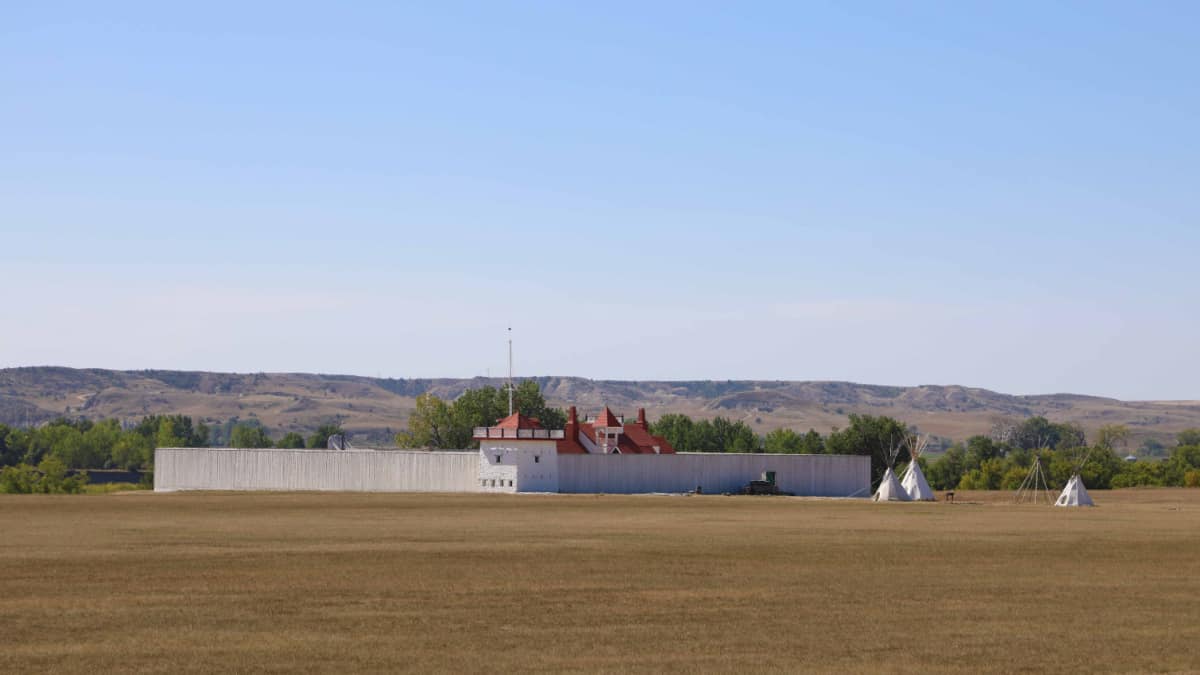
Best time to visit Fort Union Trading Post National Historic Site
Fort Union Trading Post National Historic Site is a fascinating destination to visit year-round, each season offering its unique set of experiences.
During the summer months of June through August, the park is buzzing with energy and excitement, with visitors taking advantage of the warm weather and extended daylight to explore the site's rich history and natural beauty.
Fall is a magical time in the park, with the trees bursting into a kaleidoscope of colors that is sure to leave visitors in awe.
Winter offers a chance to experience the park's quiet and serene beauty while engaging in winter sports, while spring is a time of renewal and rebirth, with flowers blooming and wildlife coming out of hibernation.
So, no matter what time of year you choose to visit Fort Union Trading Post National Historic Site, you're sure to have a unique and unforgettable experience!
Weather and Seasons
Despite its relatively mild climate, weather in western North Dakota can be harsh, with extreme temperatures and sudden, violent storms. You must be prepared to deal with rapidly changing conditions.
The hot season lasts from May 30th to September 15th, with an average daily high temperature above 73 degrees.
The cold season lasts from November 22nd to March 2nd, with an average daily high temperature below 34 degrees.
The snowy season lasts from October 28th to April 19th, with snowfall of at least 1 inch a month. The month with the most snow is January, which averages 1.9 inches.
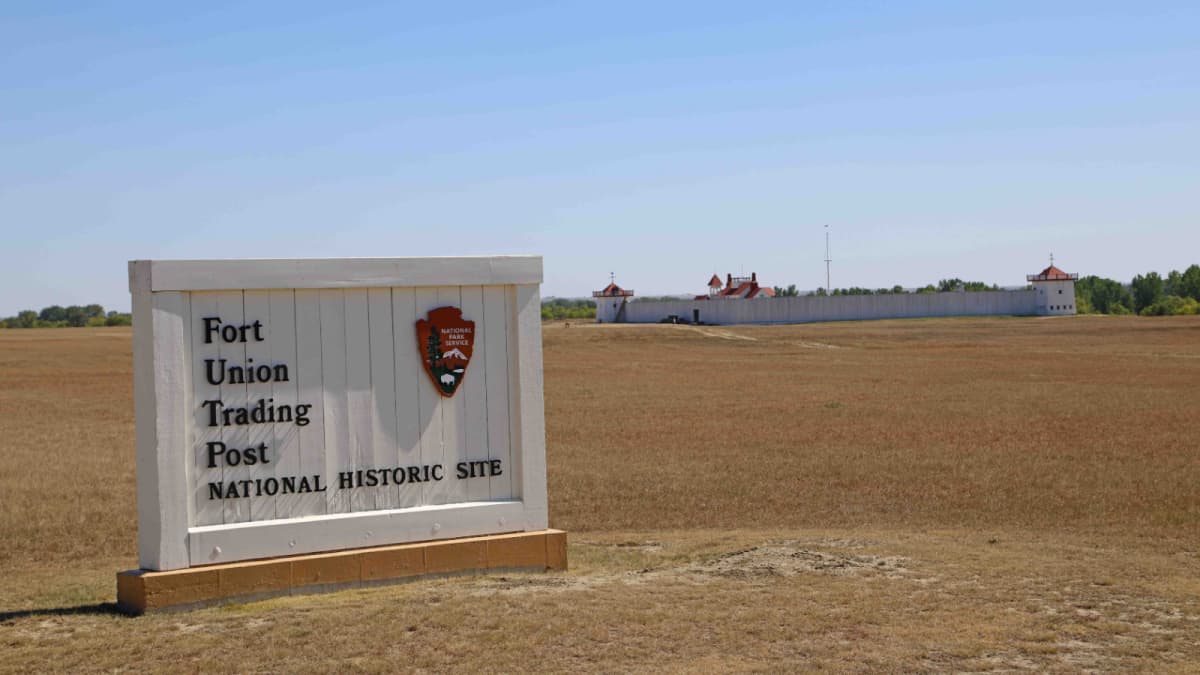
Best Things to do in Fort Union Trading Post National Historic Site
We suggest planning at minimum a few hours to explore Fort Union Trading Post. You drove all the way to the park make sure you have time to enjoy it.
Historic Fort
Walking through Fort Union Trading Post feels like stepping back in time. You have the opportunity to tour through history.
Junior Ranger Program
You can pick up a Fort Union Trading Post Jr. Ranger booklet at the visitor center.
Kids age 4 to 13 can also earn a small fun-fur buffalo robe for completing the Junior Ranger Program! When they earn the buffalo robe they can trade with a park ranger for a patch, pin or necklace kit.
Park Film
The park has a great film that is available in the visitor center that explains how the Fort became the epicenter of trade between Assiniboine and other Northern Plains Tribes and Euro-American fur traders.
Fort Union's Trade House
Seasonally open the Trade House is staffed by interpretive personal dressed in character providing living history. You can learn about the reception room where tribal leaders met with American Fur Company Traders to discuss the terms of trade.
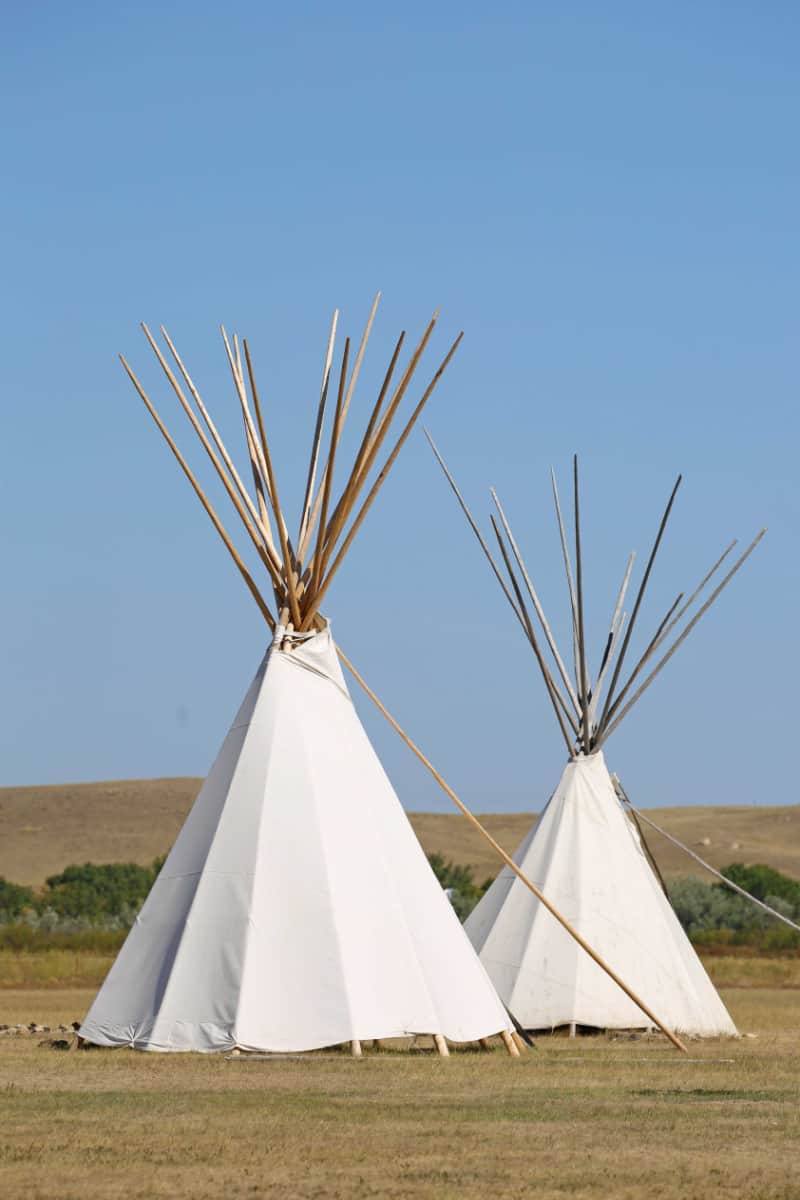
Hiking in Fort Union Trading Post National Historic Site
Always carry the 10 essentials for outdoor survival when exploring.
Bodmer Overlook Trail
- Distance - 1 mile
This one mile trail climbs to the point north of the fort where in 1833, Karl Bodmer sketched images of the fort along with images of Assiniboine Indians, and the confluence of the Missouri and Yellowstone Rivers.
The trail also passes the site of the former town of Mondak which was named because of how it straddles the border of Montana and North Dakota.
How to beat the crowds
We did not experience any crowds during our visit. There may have been 3 other people there while we explored the park.
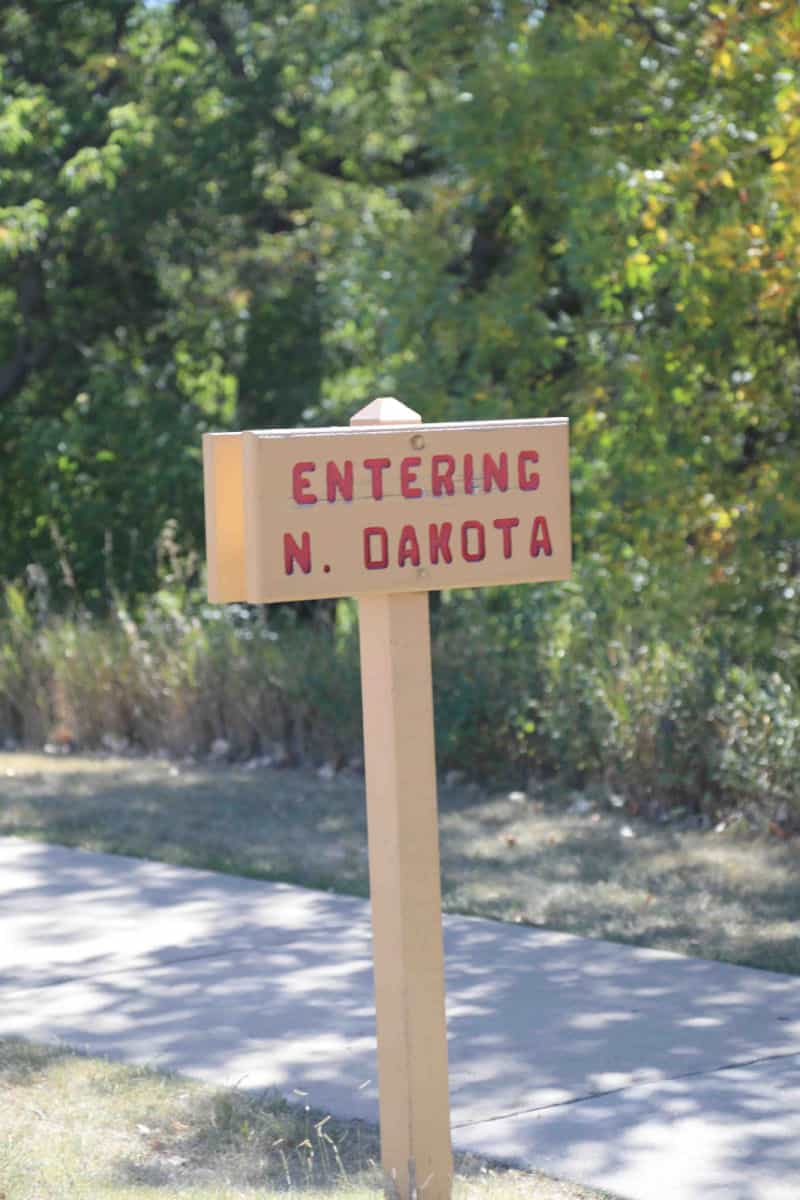
Where to stay when visiting
If you are planning on staying in a hotel or campground near the park please plan to make reservations ahead of time. The oil boom in the area has made getting a hotel reservations interesting at times.
The closest hotels and RV camping locations are in Williston nd, North Dakota, Sidney, Montana.
Landmark Suites - free breakfast buffet, a grocery/convenience store, and dry cleaning/laundry services at Landmark Suites. Stay connected with free in-room Wi-Fi, and guests can find other amenities such as a fireplace in the lobby and a bar.
Holiday Inn Express Hotel & Suites Sidney - free breakfast buffet, dry cleaning/laundry services, and a gym at Holiday Inn Express Hotel & Suites Sidney, an IHG Hotel. Free in-room Wi-Fi and a business center are available to all guests.
Candlewood Suites Sidney - Take advantage of a library, dry cleaning/laundry services, and a 24-hour gym at Candlewood Suites Sidney, an IHG Hotel. In addition to a 24-hour business center, guests can connect to free in-room Wi-Fi.
Best Western Golden Prairie Inn & Suites - A free roundtrip airport shuttle, a grocery/convenience store, and laundry facilities are just a few of the amenities provided at Best Western Golden Prairie Inn & Suites. For some rest and relaxation, visit the hot tub. Stay connected with free in-room Wi-Fi, and guests can find other amenities such as a gym and a business center.
Four Points by Sheraton Williston - Located close to Spring Lake Park and Williston Basin Speedway, Four Points by Sheraton Williston provides a free breakfast buffet, a grocery/convenience store, and dry cleaning/laundry services. Free in-room Wi-Fi is available to all guests, along with a fireplace in the lobby and a bar.
Click on the map below for additional vacation rental and hotels near the park.
Camping
There is no camping or overnight parking available at Fort Union.
There is primitive camping available at Fort Buford State Historic Site, located 2 miles east of Fort Union.
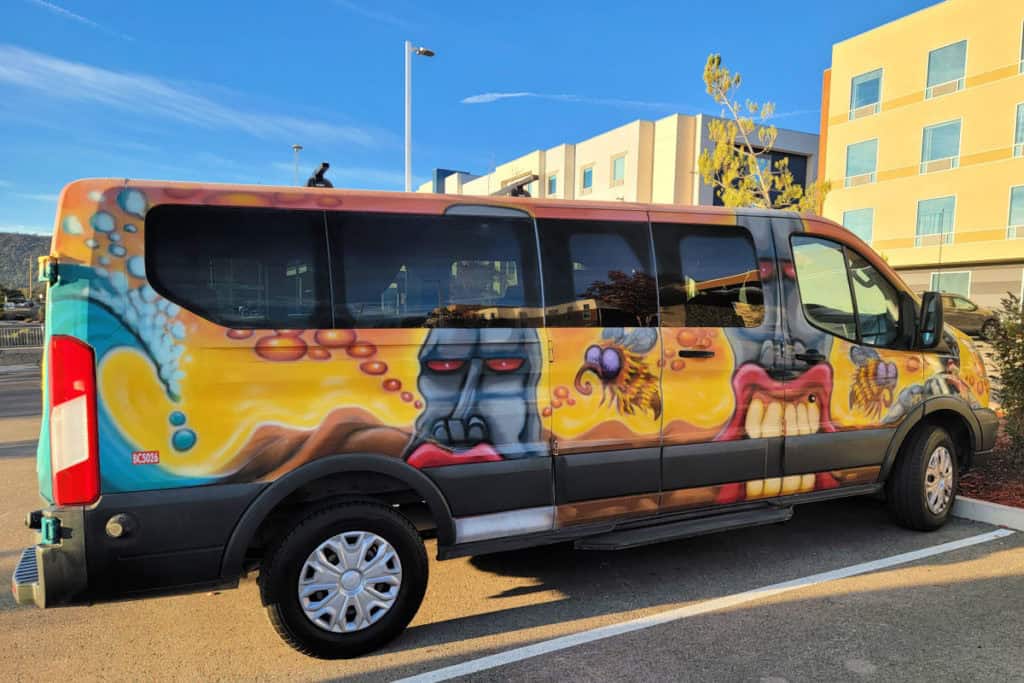
For a fun adventure check out Escape Campervans. These campervans have built in beds, kitchen area with refrigerators, and more. You can have them fully set up with kitchen supplies, bedding, and other fun extras. They are painted with epic designs you can't miss!
Escape Campervans has offices in Vancouver, Seattle, Portland, San Francisco, Las Vegas, Los Angeles, Phoenix, Salt Lake City, Denver, New York, and Orlando
Travel Tips
Bring sunscreen with you if you will be visiting in the summer. There is not a lot of shade around the park and the sun was quite intense.
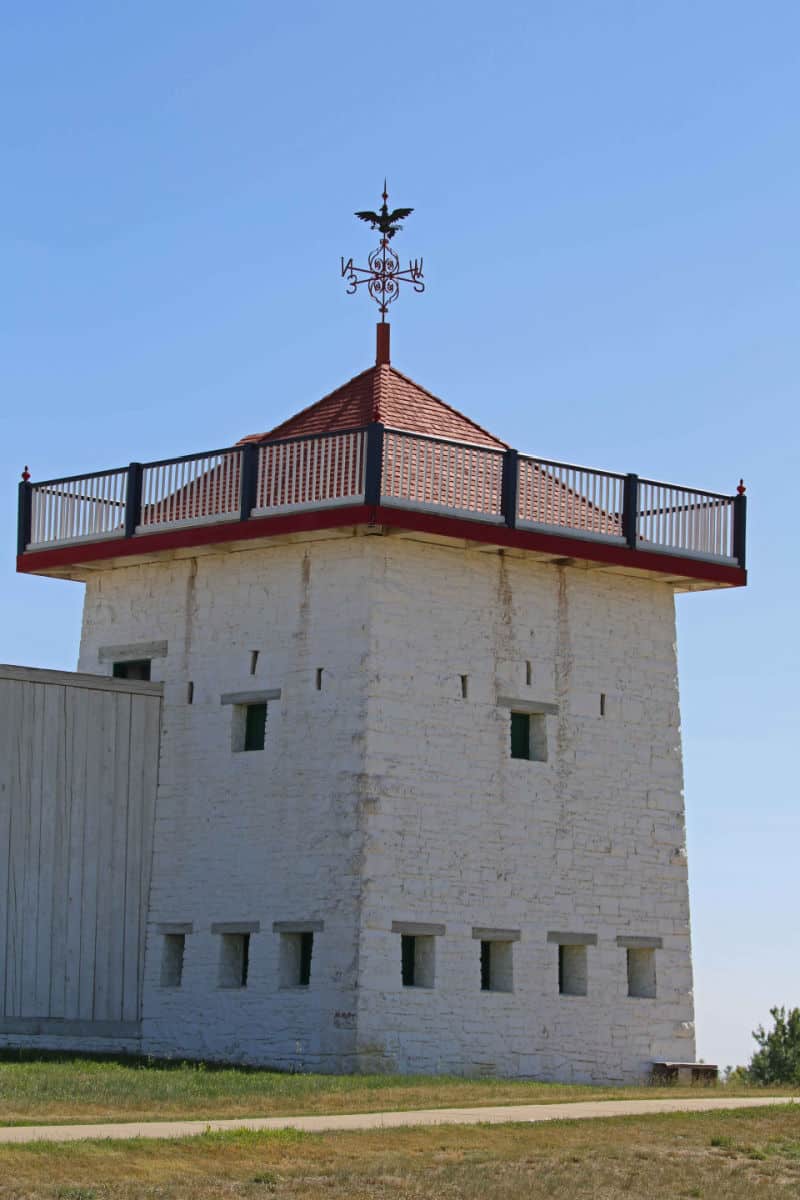
Parks Near Fort Union Trading Post National Historic Site
Knife River Indian Villages National Historic Site
Minuteman Missile National Historic Site
Jewel Cave National Historic Site
Mount Rushmore National Memorial
Devils Tower National Monument (Wyoming)
Check out all of the National Parks in North Dakota along with neighboring National Parks in Minnesota, National Parks in Montana, and South Dakota National Parks
Make sure to follow Park Ranger John on Facebook, Instagram, Pinterest, and TikTok

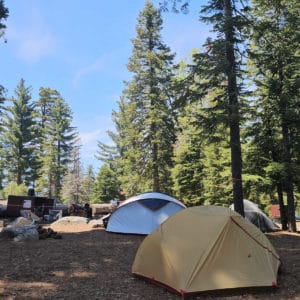
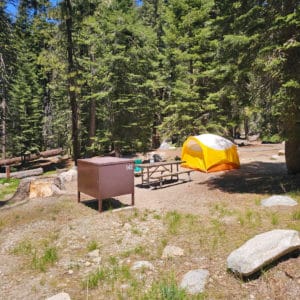
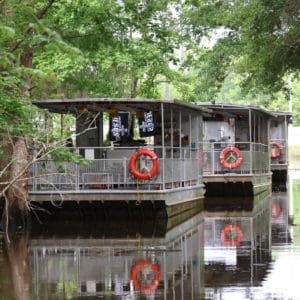
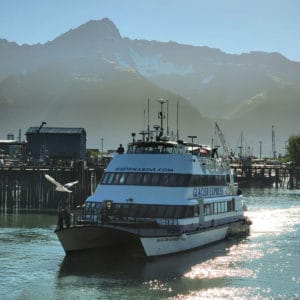
Leave a Reply